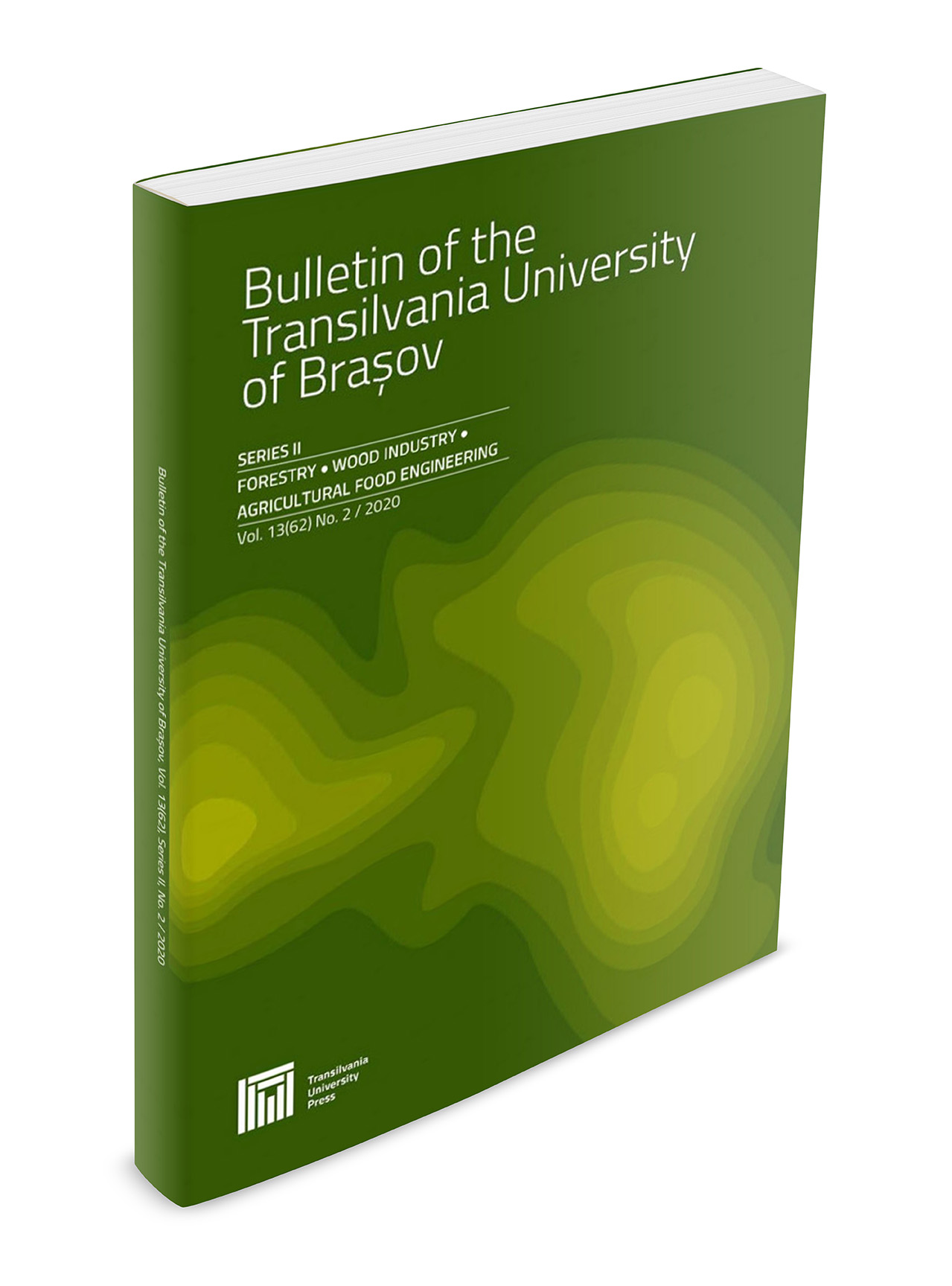On the Potential for using Ground Chia Seeds in Producing Macaroni Products with High Mineral Value
Keywords:
macaroni products, noodles, chia seeds, mineral content, qualityAbstract
The aim of this research is to study the potential use of ground chia seeds in producing macaroni products with high mineral value. The materials used include: top-grade durum flour for use in macaroni products, ground NutraChia Low 8 chia seeds; macaroni products — home style noodles. It has been determined that ground NutraChia Low 8 chia seeds contain more calcium (8.7 times), magnesium (4 times), sulfur (3.6 times), potassium (2.3 times), and phosphorus (2.3 times) than top-grade durum flour. Replacing 10 % of top-grade durum flour in the home-style noodle recipe with the same amount of ground NutraChia Low 8 chia seeds leads to an increase in the following macronutrients in macaroni products: calcium (2.2 times), magnesium (2 times), phosphorus (1.4 times); and the following micronutrients: copper (2 times), zinc (1.5 times), iron (3.5 %). Adding ground chia seeds to the noodle recipe does not have a negative effect on the vitamin value, physico-chemical parameters, and the product’s safety at the microbiological level. We have discovered the potential to use the studied amount of ground NutraChia Low 8 chia seeds in the production of macaroni products with high mineral value.Downloads
Published
2019-01-28
Issue
Section
AGRICULTURAL FOOD ENGINEERING



